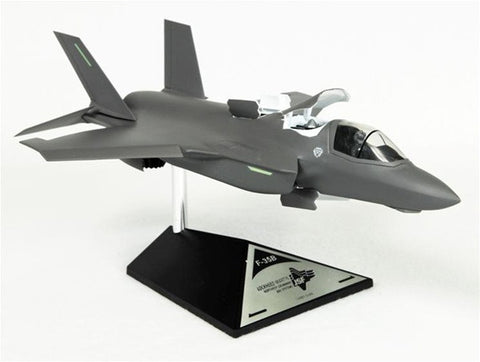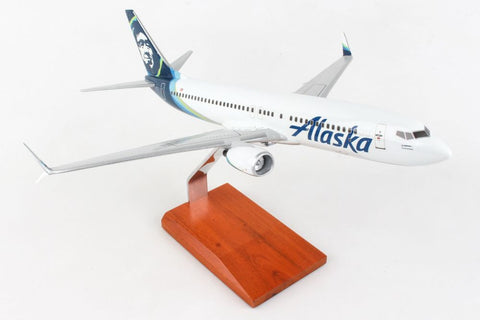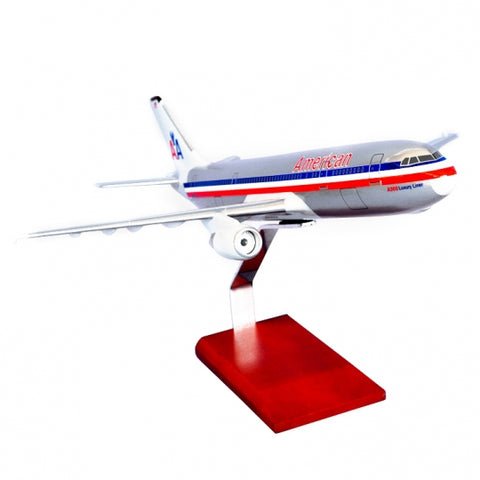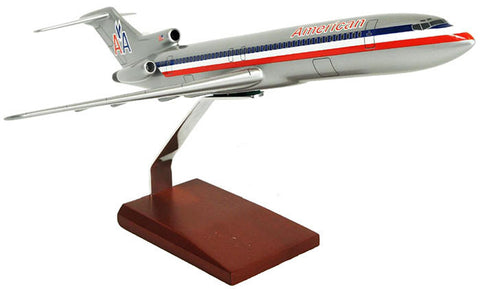Executive Series Cessna T-37A "Tweet" 1/48 Scale Mahogany Model
$ 179.95 $ 219.95
Introducing the ready-built T-37 Desktop Model. This 1/48 scale model was handmade with precision and accuracy to produce the finest model that will be the centerpiece of your collection for years to come. This model is a perfect gift for pilots and aviation enthusiasts alike. Not too big or too small, this model features a wingspan of 8.5 inches and a length of 7.5 inches. This model features a very accurate paint scheme with realistic panel lines.
The Cessna T-37 is an Air Force's dual-engine and dual-purpose jet. It is also popularly known in various forms: Dragonfly, Tweety Bird, Tweet, or Super Tweet. The A-37 combat version was developed from the T-37 trainer, which was the standard jet trainer form the mid-'50s into the '70s. As A-37, it served with distinction in an attack role during the Vietnam War and, in its larger role, flew for decades as a primary trainer for the USAF. A-37 provided a wide range of services in the air forces of other nations. The first T-37 Tweet flew in October 1954. Fifty-two years after its first flight, the T-37 is still serving the U.S. military, giving the United States Air Force-trained primary pilot training students the necessary experience needed before moving on to the Northrop T-38 Talon, Beechcraft T-1A Jayhawk, Bell UH-1 Huey, United States Navy Beech T-44 Pegasus, or other advanced Navy, Marine Corps or Allied trainers.
The T-37A version of the Tweety Bird made its first flight in 1955 and went into service with the Air Force in June 1956. The production T-37A was similar to the XT-37 prototypes, except for minor changes to fix problems revealed by the flight test program. The USAF began cadet training in the T-37A during 1957.
The Air Force ordered 444 T-37As, with the last produced in 1959. During 1957, the US Army evaluated three T-37As for battlefield observation and other combat support roles, but eventually procured the Grumman OV-1 Mohawk for the mission instead. The Air Force liked the T-37A, but felt it was underpowered. As a result, the service ordered an improved version, the T-37B, with uprated J-69-T-25 engines. The new engines provided about 10% more thrust and better reliability. Improved avionics were also specified for the new variant.












Share this item: